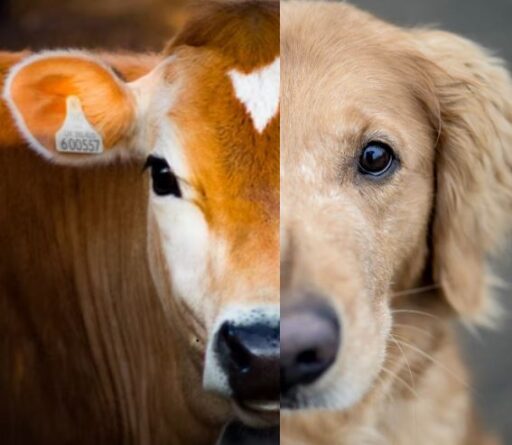Many people can understand why vegans don’t eat meat. But what about animal products that seem on the surface not to require harming the animal to use, like wool? Is wool vegan?
Wool is not vegan because it is a product of animal exploitation. Most wool is taken from sheep, as well as goats, alpacas and rabbits. Ethical vegan alternatives to wool include materials made from organic cotton, coconut, hemp, linen, soybean fabric, and recycled fibers.
There are five primary reasons that vegans avoid wool. Let’s find out what they are!
- 1. Shearing is painful and traumatic for animals raised for wool, who did not naturally need to be sheared.
- 2. All animals think, feel and suffer.
- 3. Sheep, goats, alpacas and rabbits raised for wool are then slaughtered for meat.
- 4. Workers in the wool industry suffer high rates of injuries, illnesses and deaths.
- 5. Wool production degrades our air, land and water.
- Best vegan alternatives to wool and cashmere
1. Shearing is painful and traumatic for animals raised for wool, who did not naturally need to be sheared.
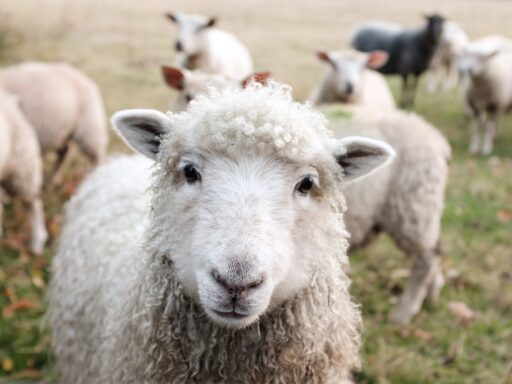
Do sheep need to be sheared?
Naturally, sheep didn’t need to be sheared, as they made just enough wool to keep themselves warm. But humans have selectively bred them to overproduce wool. Consequences for the sheep include heat exhaustion and flies eating the sheep alive.
Because shearers are paid by the sheep, they are incentivized to work as quickly as possible. Oftentimes, sheep are frightened by the rough handling, rapid pace and whirring of the shears and get cut from the operation.
Mulesing
Wool sheep are often subjected to mulesing. Sheep originally had smooth skin without wrinkles, but they were bred with folds of skin in an effort to create more wool. This resulted in “flystrike,” in which maggots infest their skin. Since 1931, the wool industry has engaged in mulesing, in which infected skin is simply cut off, often without pain reliever.
Because the wound heals over with wrinkle-less scar skin, it is less likely to create moisture and attract flies. Sheep endure pain from 48 hours afterwards to up to several weeks as the wound heels. They socialize less, lose weight, and avoid humans.
Even from companies claiming that their wool is “responsibly sourced” or “sustainable,” sheep are mutilated, abused and even skinned alive, as video exposes have documented in the US, the UK, Australia, Argentina and Chile.
Is cashmere vegan?
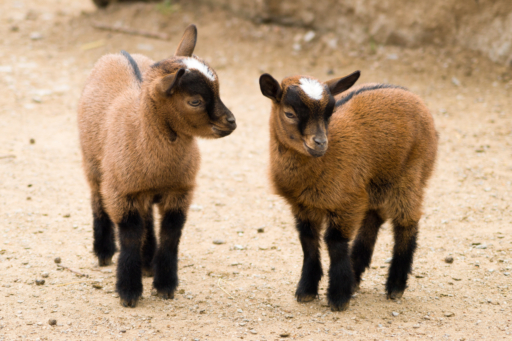
Cashmere is a specific type of wool that is made from the hair of a breed of goats. As such, it is not vegan. Cashmere, too, is the end result of a violent and polluting system. Although marketing for cashmere claims that goats are gentled combed for their fleece, this is often not the case. The goats are tied down while sharp, metal-toothed combs pull through their fleece, causing the goats to scream in pain. One cashmere sweater requires the fleece of four goats.
Like sheep, goats are killed for meat once they no longer produce high-quality hair. Although goats can naturally live to be about twelve years old, their lives are cut short in the industry, as they are slaughtered around four to five years old, if not younger. The majority of cashmere comes from China and Mongolia, where there are minimal to no anti-cruelty laws for the animals.
Is alpaca wool cruelty-free?
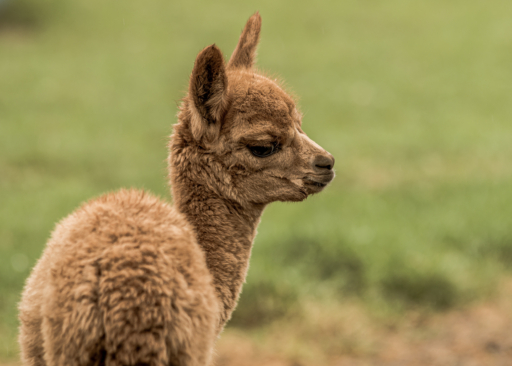
No, alpaca wool is far from cruelty-free. Alpacas wool also comes from a slaughter industry based primarily in South America. Video footage from horrifying investigations have found that alpacas are tied down then shorn. They then shriek in terror and pain and even vomit in fear. The animals are often left with deep, bleeding wounds. When they no longer produce high quality wool, they are killed for meat. In addition, the production of alpaca wool is unethical and environmentally damage.
Is angora wool vegan?
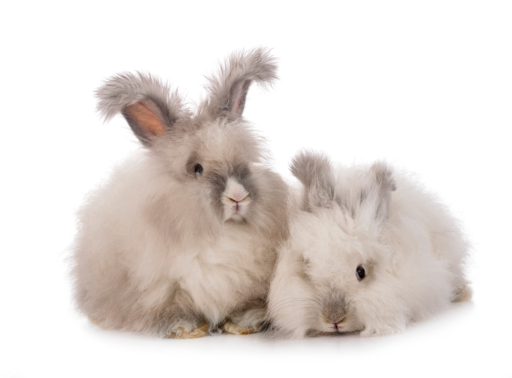
No, angora wool is not vegan. Angora rabbits are exploited for their fur, pinned down while workers rip their fur from their skin. Rabbits shriek in pain as their fur is ripped off, all in the name of fashion.
2. All animals think, feel and suffer.
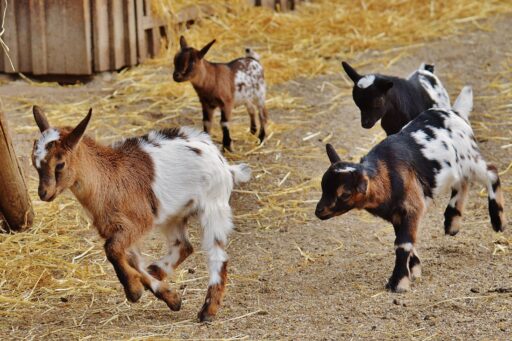
Have you ever noticed that we acknowledge that our pets have individual personalities, but perceive commodified animals as one indistinguishable mass? Yet all animals have individual differences, likes, dislikes and personalities. Sheep, goats, alpacas and rabbits are no exception.
For example, individual sheep can be shy or bold. Bold sheep tend to act as group leaders and be more gregarious than shy ones. Sheep even form groups based on friendships. As they are social animals, they get upset when separated and demonstrate signs of distress, like pacing and chewing.
Lambs and sheep have individual personalities, can learn complex mazes, form long-term friendships, and stick up for one another in fights. They can remember up to fifty faces of other sheep and have well formed spatial memories.
Both sheep and goats can naturally live up to 12 years old. Sheep and lambs possess memories, spatial navigation (such as finding their way through a maze), can discriminate between flavors and can even discriminate between plants to self-medicate when ill. Sheep can tell the difference between colors and shapes, such as choosing a yellow bucket over a blue bucket to receive a reward, and then adapt to choosing the blue bucket to receive a reward. Sheep can even recognize and distinguish between human faces.
Sheep have even been shown to experience cognitive bias. After they are treated roughly or experience loud sudden noises, they perform poorly on discrimination tasks that are usually easy for them. Sheep form expectations, as they become upset when they expect a certain reward and are let down by a lesser reward. Both sheep and goats like to play, bucking, spinning and whirling around. Goats are also sentient animals who feel pain, pleasure, fear and happiness. They are clever, curious creatures who recognize positive and negative emotions in other goats’ calls.
3. Sheep, goats, alpacas and rabbits raised for wool are then slaughtered for meat.
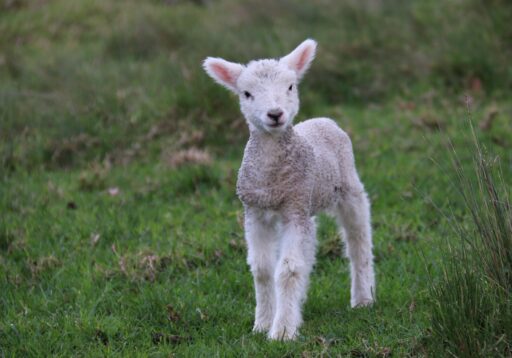
As sheep and goats age, their hair gets thinner, just like humans. Similar to how “dairy cows” are slaughtered for meat after their reproductive systems are no longer profitable, “wool sheep” and “wool goats” are killed for meat after they are no longer useful.
Many lambs never actually make it to the slaughterhouse, as 10-15 million of them die from the cold or starvation in the first 48 hours of their lives, as is common every winter lambing season in Australia. Although lambs should naturally be born in the spring, birthing lambs in the winter is more cost-effective for farmers.
It is standard, legal practice for lambs’ tails to be cut off with knives, searing hot tools or tight bands without any pain relief. In the US, Australia, the UK and many other countries, many forms of mutilation like this are legal because laws do not protect farmed animals.
4. Workers in the wool industry suffer high rates of injuries, illnesses and deaths.
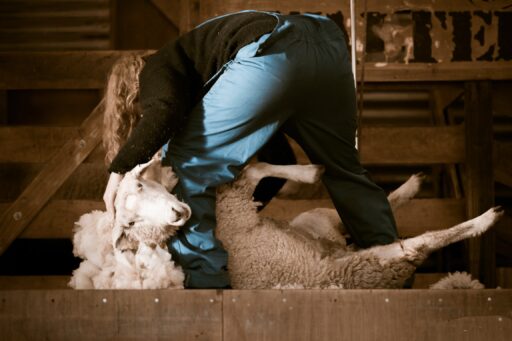
Both shearers and herders suffer in the fashion supply chain. Shearers suffer high rates of work-related injuries, illnesses and deaths, especially respiratory-related, as has been well documented from 2001– 2020. Workers have reported not having toilets, access to to fresh running water, and not having proper, safe equipment. The lack of regulation in the industry has led to reports from workers unions of receiving payments in drugs and cash.
Furthermore, the rising demand for cashmere has resulted in lower compensation for many cashmere goat herders and workers, who are underpaid and overworked. Environmentally speaking, raising goats for cashmere degrades the land and is tied to rising atmospheric temperatures.
5. Wool production degrades our air, land and water.
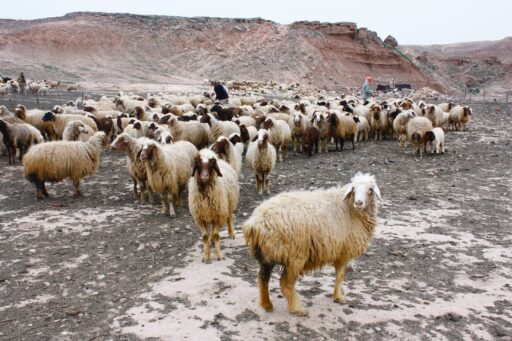
The production of sheep’s wool is more polluting than synthetic fibers like acrylic, polyester, spandex and rayon, considering lifetime environmental impact per kilogram of material. Additionally, sheep release significant amounts of methane into the atmosphere. The manure they generate contributes greatly to the increase in greenhouse gasses.
The 550 million sheep raised and killed annually require food to eat and land to live on. To produce one bale of wool, about 44 hectares of land must be cleared. In comparison, one bale of cotton requires clearing only 0.12 hectares of land. In Queensland, sheep farming has the second highest environmental impact.
Farming sheep degrades native animal and plant habitat as well. When sheep are removed, the natural environment can return and thrive, reducing soil erosion and desertification risks. The wool industry endangers wildlife as well, such as wolves in the US and dingoes in Australia. In large part due to the wool industry, the Tasmanian Tiger is now extinct.
Producing a wool knit garment emits 27 times more greenhouse gas emissions than a cotton knit garment (using Australian fiber). Sheep farming also creates feces runoff into waterways, which leads to “dead zones,” where aquatic life cannot survive. The processing of wool also contributes to the environmental degradation, as wool must be “scoured” with chemical detergents in water that becomes polluted wastewater.
Best vegan alternatives to wool and cashmere

Just as wearing fur and animal skins is no longer socially acceptable, society is beginning to make the connection to all animal products. Whether it’s fur, leather, or wool, its production causes unnecessary harm, ethically and environmentally.
Vegan alternatives to wool already exist, such as Woocoa, a wool-like material made from coconut and hemp and Nullarbor, from coconut by-products. Other eco-friendly options include Tenecel, organic cotton, hemp, soybean fabric, linen and recycled fibers.
So, is wool vegan? No, vegans don’t use wool because it is inextricably tied up with the abuse and slaughter of these gentle sheep and goats, exploitation of workers and environmental degradation. The good news is this: it’s in our power to make compassionate, sustainable clothing choices.

